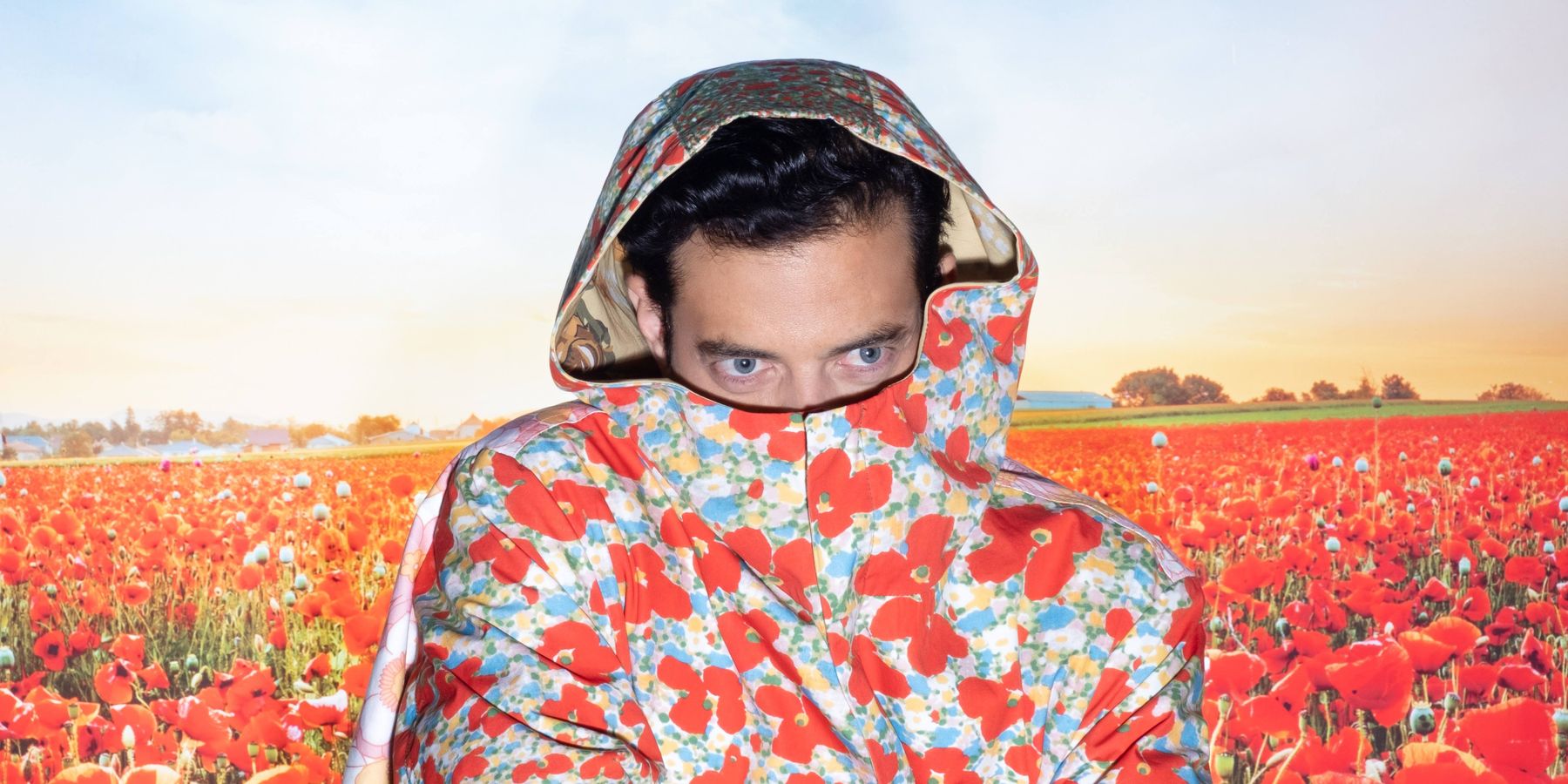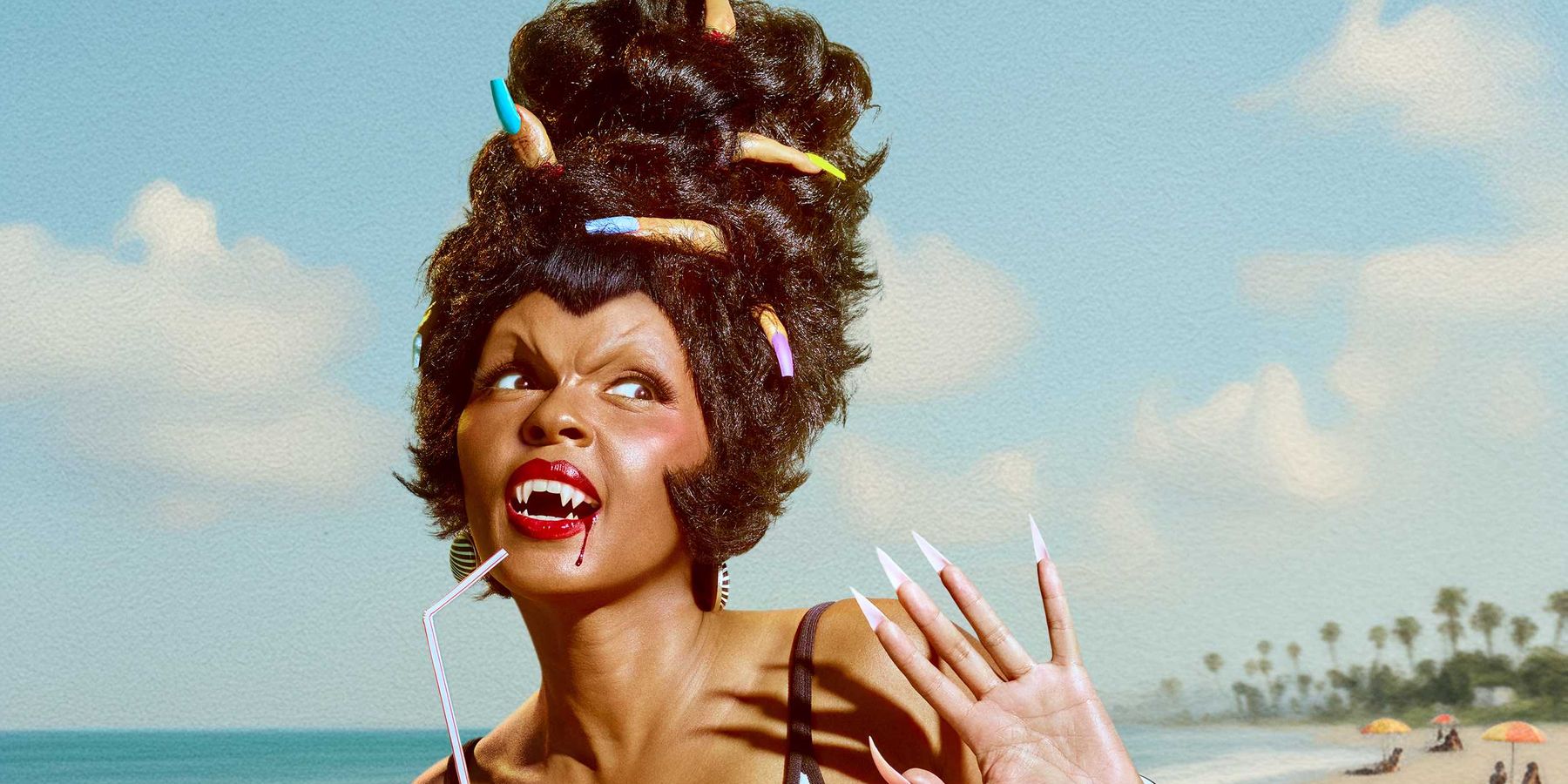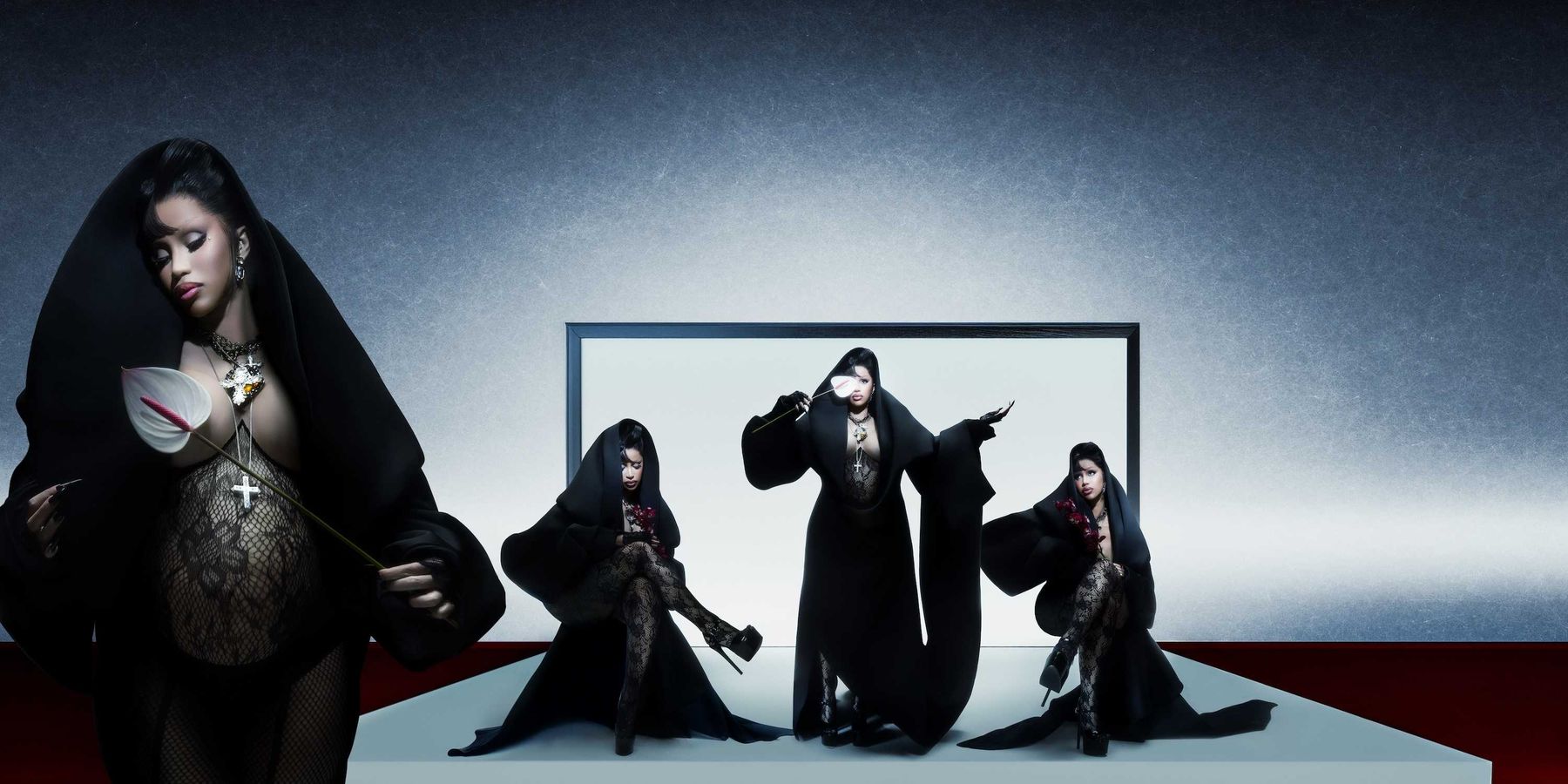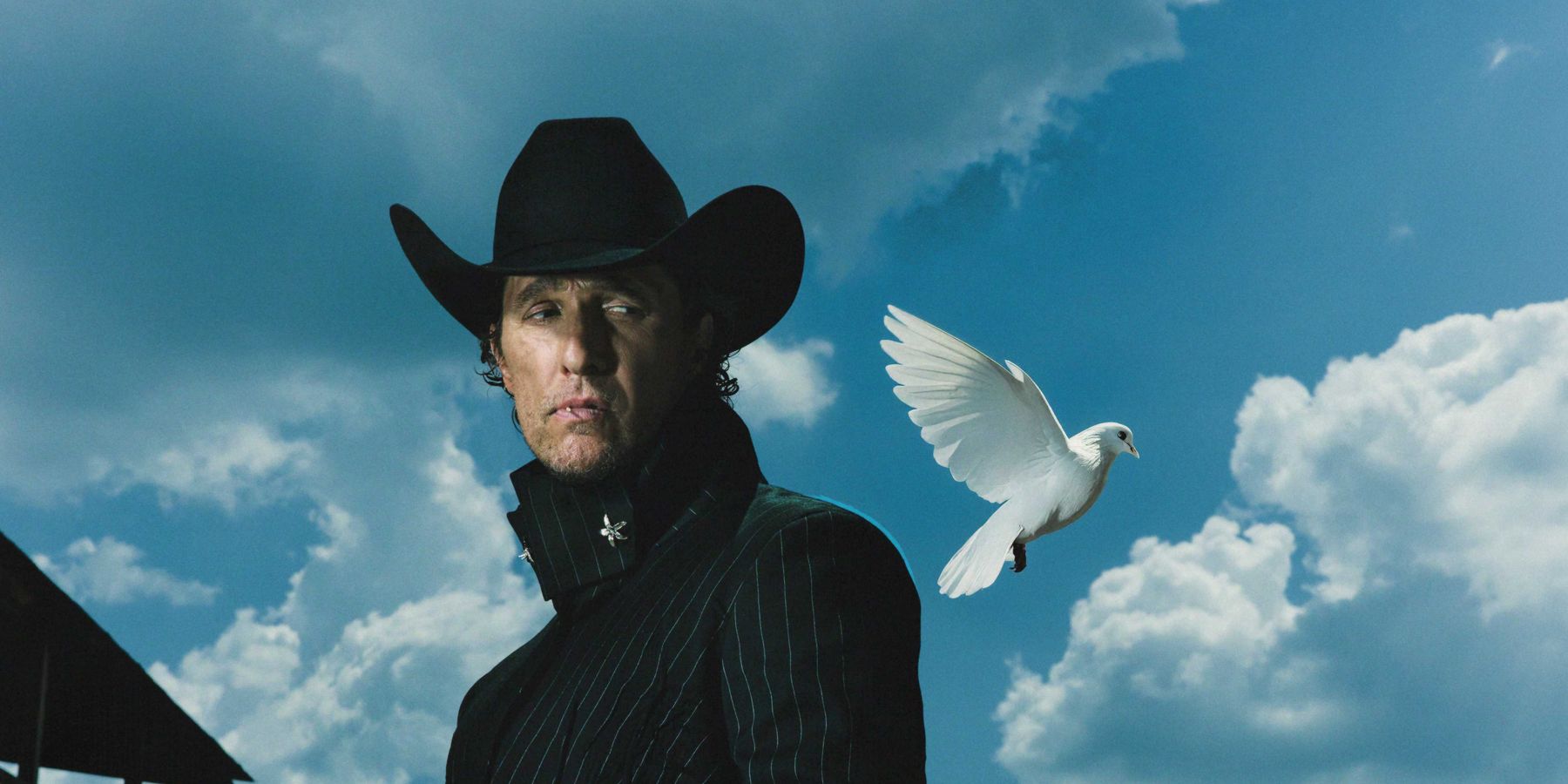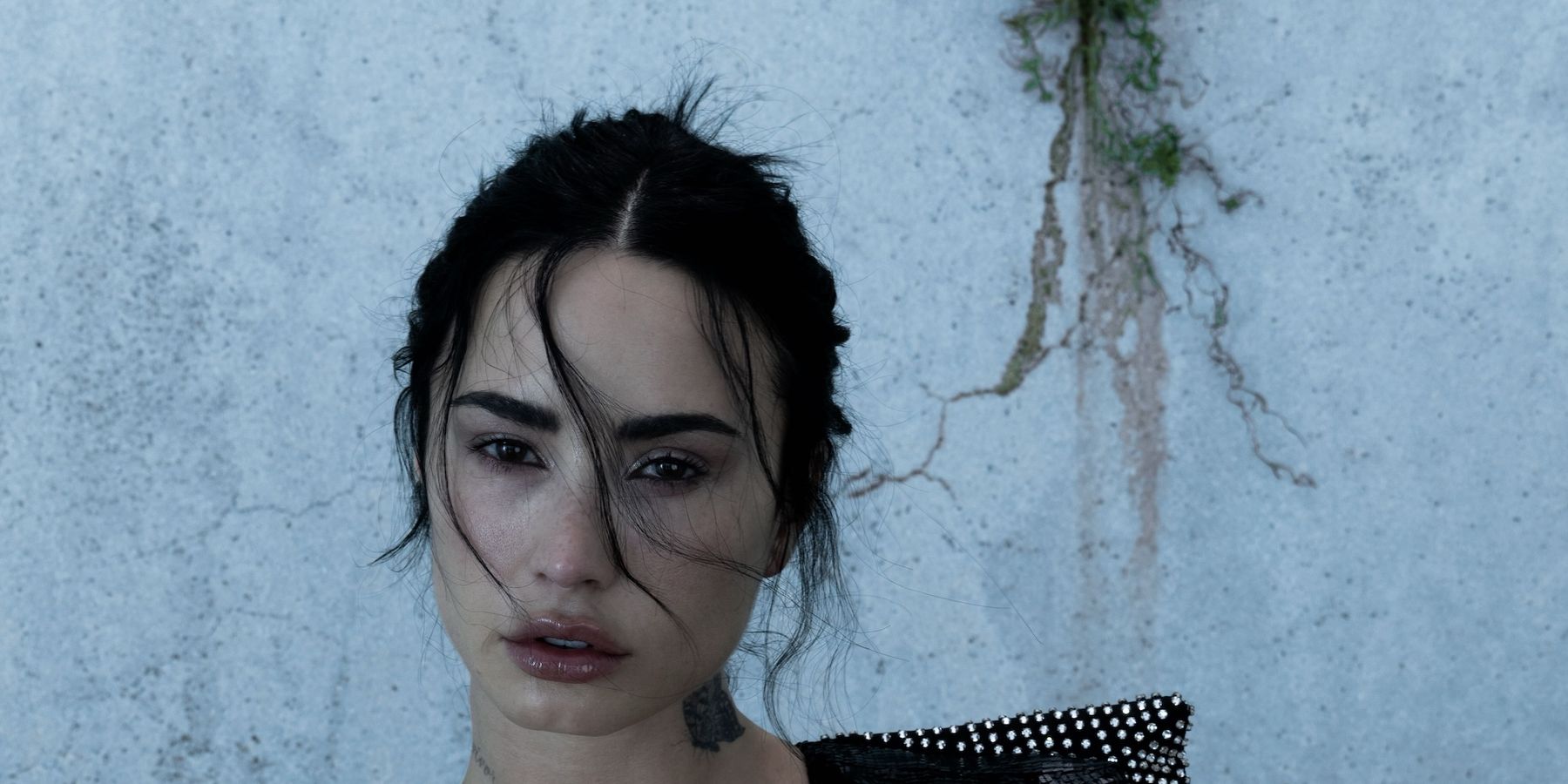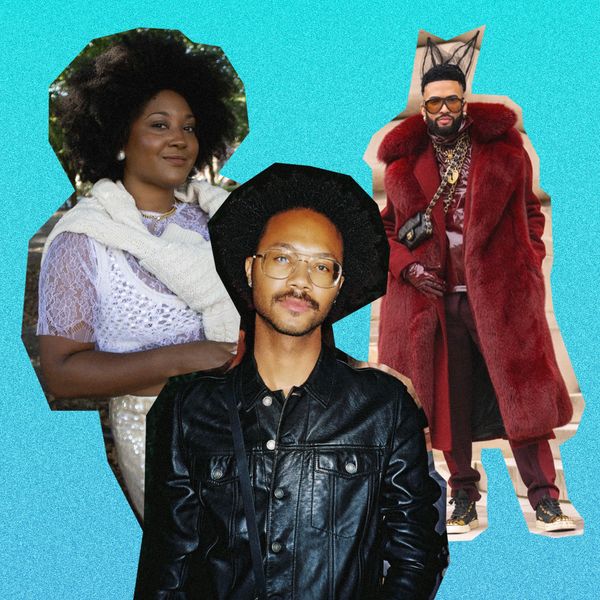
How 3 Black Stylists Prepared for the Met Gala
Story by Kerane Marcellus
May 05, 2025
The first Monday in May is almost upon us. Most people working behind the scenes are running around fixing last-minute details until the night commences. Designer brands, celebrities, luxury — an air of exclusivity and opulence are waiting to be seen, and costume designers and Black stylists alike are doing everything in their power to execute that concept. When the Met Gala theme — “Superfine: Tailoring Black Style” with an accompanying dress code of “Tailored for You” — was announced, Black fashion connoisseurs had their wheels turning immediately. Stylists like Chaise Dennis to Mickey Freeman have been pulling from their identities and pasts to bring to light the history of dandyism and its significance to the Met Gala.
Stylists do not just create an aesthetically pleasing outfit, they tell a story. Dennis mentions that he’s always been drawn to “overlooked beauty” in Black history. On Monday, this will be a night where that is true for most watching at home. To be part of a night where Blackness is celebrated on a worldwide stage is a dream come true for these stylists who have worked endlessly to even be considered. They are interpreting the theme in unique ways; some focusing on the details of exquisite tailoring and others on embodying the flamboyance of dandyism.
Below, 3 Black stylists took some time out of their hectic schedules to share with PAPER their emotions surrounding this year’s Met Gala, their creative process and the influences behind looks that will be part of Black fashion history.
Solange Franklin Reed
As soon as the Met Gala theme was announced, many thought of Andre Leon Talley and his contributions to the style of dandyism. How are you interpreting the theme with your client?
I'm interpreting the theme really by turning inward first, because I feel like the idea of dandyism is so much about presentation, and I do think presentation of self is about looking inward. I think it's been really fun to extrapolate kind of the idea of just wit and subversion and just radical self-expression and how that manifests itself in terms of proportion and vibrancy. I think what you'll see is a range of a whisper of “this is who I am” and then also the vibrato. So, you're really going to see a range of who people are and how they want to be seen, and I think there's just kind of this idea of amplifying it to an extreme. I think there's something about dandyism that's about extremes. I think of words like “restraint” and also “ostentatious.” I have two clients on the carpet, and one of them was involved from the sketch phase.
Who were some other names that came to mind that served as inspiration for the look?
Internally, I was kind of in my own mood board that I start with before I show out to other people. Once I confirmed the designer, then I went through all of their collections and pulled out all the bits and pieces in the moment so that I felt like we're talking to me in the scene. Other people on the mood board are Zelda Wynn Valdez [and more]. I know it's like about menswear, specifically tailoring. I'm using the tailoring aspect and the idea of the hidden figures behind these looks and our hidden identities. She’s somebody who also is an unsung hero of tailoring, so the idea of her and the idea of the sap eye and the flourish of how are people using their own special song that they want to share to the world via a garment or an item or a hairstyle.
As a Black stylist, how does it feel to be styling for such an intrinsically Black theme?
I just had to be a part of this! This is for us. What an honor and opportunity. The more I got into it, the more I was like, “Oh, this is my everyday life. I do this.” I also was like, “I don't need to prove to anybody that I can go deeper or Blacker in my life.” This is so beautiful to just have it be an extension of what I believe my practice to be in collaborating with artists and designers. It's definitely an honor. I'm sure in hindsight, I'll be like, “I can't believe that was just a Monday in my life.” I think once we're in it, we're going to be like, “I cannot believe that we were contributors to this moment.’” I just want the imagery to stand the test of time, and either way, we're putting our hearts into it. It's also an extension of the things that I think about often in terms of Black business and the opportunities that we demand, that we're provided or that we're allowed in this climate.
How is the preparation process different from preparing any other night?
It just feels more community oriented. I've more recently started doing VIP dressing. When you're doing the Oscars or SAG Awards, that is a sliver of the industry. The Met [Gala] is something that is bringing together the die-hard fashion girls who don't care about celebrities, Hollywood, and athletes; it’s so nice to see everything come together through the vector of fashion. That feels different in that we're all aligned. I feel like you can do something more. It will be hopefully a little more bold because I'm allowed to be unexpected. Whereas on the Oscars, clients need to think about themselves getting the next role or the next campaign so they need to be more digestible.
What does this theme and being present for the night mean to you?
Just rooting for everybody Black. Make André proud. I want more opportunities for us, and I want there to be another one. I hope this isn’t the only time that we get to take over. I feel very honored to have great collaborators and partners that are trusting me, and I just want to honor that and I also want to have fun and see my friends. I was hosting a tiny intimate dinner for Met participants, and even just the community aspect of this is going to be so different. I think it'll be an indelible moment in our minds. I hope that that will be the vibe. We get to observe, enjoy and immerse ourselves in the world that we have created together. And so I'm looking forward to that celebration!
What does the collaborative process look like between you, your client and the designer?
Everyone is different. Some people show up, and they're just like, “Tell me what to wear.” And other people are pouring over the details. In my experience, usually, I listen to how people want to be seen. I take that into consideration as we're dreaming and just thinking about the what ifs. I really love to work with people where I can talk about ideas. I don't have to come with the final presentation to you necessarily. Having ideas presented is important and concise. I like collaborators, hair, makeup, designers, where there's no ego; it feels like by opening your mind to what is possible. We could get it to the next level, or we stick with our original vision, and at least we know that we have explored the different options. That’s the type of collaboration that I like.
Chaise Dennis
This theme feels like it’s all about looking back to look forward. What were some moments from the past that inspired the look you’re preparing?
I’ve always been drawn to the overlooked beauty within Black history, especially the elegance and quiet power Black servants carried during the Victorian era. Even within the confines of servitude, there was a richness and grace in how they presented themselves — something both haunting and inspiring. That contrast deeply influences the look I’m preparing. I’m also endlessly inspired by my family, particularly my Aunt Sylvia: a legendary costume designer who dressed icons like Prince, André Cymone, Morris Day & The Time, Jody Watley and Vanity 6. Her work taught me that fashion is memory and storytelling, and I’m honored to carry that legacy forward.
How did it feel to be confirmed to style for such a huge night and a very intentional theme to the Black community?
It was an incredible feeling seeing that confirmation email come through — one of those moments that hits you all at once. But honestly, it almost meant more to see my client’s excitement. There’s something powerful about sharing that kind of moment with someone who admires it as deeply as you do. It’s not just about the night; it’s about what it represents, and the shared pride in showing up with intention.
How did everything in your career prior prepare you for being part of this look’s creation?
I’ve always carried a feeling of being the underdog, the overlooked one. Maybe that’s something I’ve told myself more than what others have said, but it’s definitely shaped how I show up. This moment feels like the result of years of quiet, relentless work, long nights, tough conversations and showing up again and again, even when no one was watching. All of that has allowed me to approach this look with both intention and deep gratitude.
As a Black stylist, what did this year’s theme mean to you?
As a Black stylist and a gay man, this year’s theme really struck a chord. It called back to a tradition where style becomes both armor and expression — something deeply intentional. I carry that with me in this industry. There’s a profound pride I have in my Blackness and in what my skin represents in these spaces. This theme wasn’t just about fashion, it was about visibility, legacy and honoring the richness of who we are. It means everything to be part of that narrative.
What are some things we can look forward to with the way you styled this outfit?
I’m a proud Virgo, so naturally, it’s all about the details. The magic will be in the subtle choices — the kind that don’t scream, but speak volumes. Think: unexpected textures, thoughtful layering and intentional finishing touches. It’s less about the obvious spectacle and more about the quiet precision that reveals itself the longer you take it in. That’s where the story lives.
Mickey Freeman
When this theme was announced how did you first interpret it, and how do you envision a modern take on it for the Met Gala?
Upon hearing the news of the Met Gala’s theme, I immediately envisioned very ostentatious manifestations of self-expression such as exaggerated silhouettes, lace and ornately sewn beaded looks that transcend the constraints of gender. Also, creative interpretations of workwear.
How does it make you feel to be part of a night that feels intrinsically Black for a major fashion moment?
After the indescribable visceral feeling that traveled through my chest, I immediately thought of the sacrifice the many generations that came before me endured so that I could openly live in my purpose. I’m reminded of the beauty that can blossom from oppression, which I strive every day to apply to my life.
What are you excited about most in regards to how this look comes to fruition?
I’m thrilled that Black culturally-inspired menswear is finally receiving the recognition it deserves on such a monumental stage. I’m particularly looking forward to the unexpected interpretations that will emerge from this exploration!
What do you want this look to communicate about you as a stylist?
Growing up in Philadelphia, Pennsylvania, I drew upon my roots, mixed with my world travels, to create an ensemble that harmoniously blends my client's personal style with my overall vision. For this momentous occasion, my vision embraces the Met Gala’s theme of Sandi’s, promising to create a best-dressed moment. The looks will symbolize the dapper and bold style often associated with male figures in Black culture, like Andre Leon Talley, beautifully bridging the gap between feminine and masculine aesthetics. The color red serves as a powerful metaphor for the richness and beauty of the cultural heritage we are celebrating. The ensemble not only makes a bold fashion statement but also aligns deeply with the 2025 Met Gala theme, "Superfine: Tailoring Black Style," which centers on the concept of Black dandyism and reflects a profound sense of pride and honor.
Photos courtesy of the stylists
MORE ON PAPER
Entertainment
Rami Malek Is Certifiably Unserious
Story by Joan Summers / Photography by Adam Powell
Story by Joan Summers / Photography by Adam Powell
14 November
Music
Janelle Monáe, HalloQueen
Story by Ivan Guzman / Photography by Pol Kurucz/ Styling by Alexandra Mandelkorn/ Hair by Nikki Nelms/ Makeup by Sasha Glasser/ Nails by Juan Alvear/ Set design by Krystall Schott
Story by Ivan Guzman / Photography by Pol Kurucz/ Styling by Alexandra Mandelkorn/ Hair by Nikki Nelms/ Makeup by Sasha Glasser/ Nails by Juan Alvear/ Set design by Krystall Schott
27 October
Music
You Don’t Move Cardi B
Story by Erica Campbell / Photography by Jora Frantzis / Styling by Kollin Carter/ Hair by Tokyo Stylez/ Makeup by Erika LaPearl/ Nails by Coca Nguyen/ Set design by Allegra Peyton
Story by Erica Campbell / Photography by Jora Frantzis / Styling by Kollin Carter/ Hair by Tokyo Stylez/ Makeup by Erika LaPearl/ Nails by Coca Nguyen/ Set design by Allegra Peyton
14 October
Entertainment
Matthew McConaughey Found His Rhythm
Story by Joan Summers / Photography by Greg Swales / Styling by Angelina Cantu / Grooming by Kara Yoshimoto Bua
Story by Joan Summers / Photography by Greg Swales / Styling by Angelina Cantu / Grooming by Kara Yoshimoto Bua
30 September
Music
Demi Lovato Is No Joke
Story by Ivan Guzman / Photography by Jason Renaud / Styling by Chris Horan/ Makeup by Loftjet / Set design by Allegra Peyton
Story by Ivan Guzman / Photography by Jason Renaud / Styling by Chris Horan/ Makeup by Loftjet / Set design by Allegra Peyton
15 September
